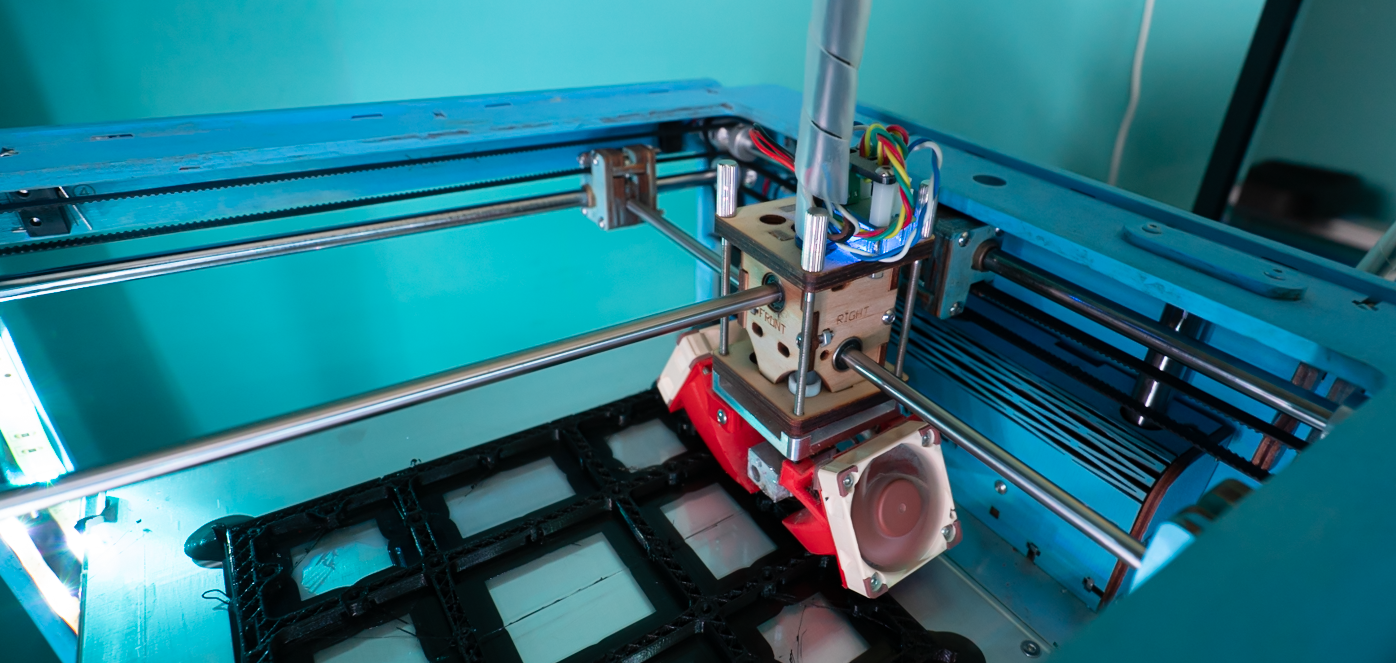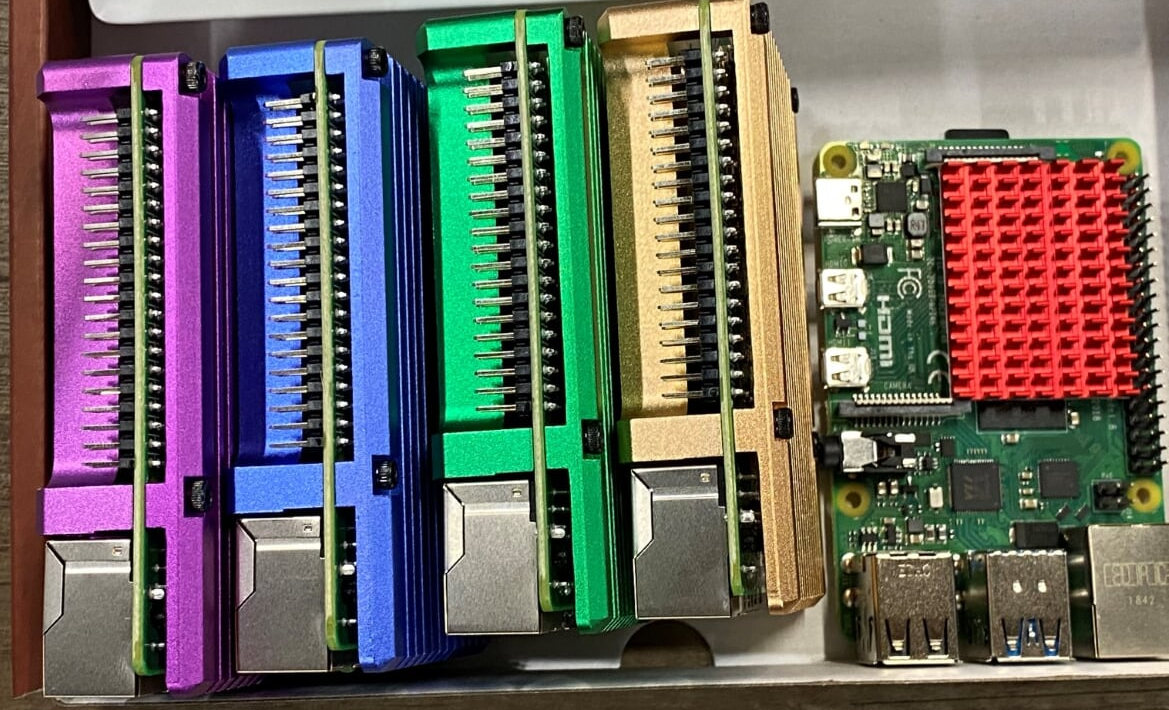I thought that the Facebook Portal TV was an interesting device when it came out, but at the time I didn’t think that I had a particularly good reason to own one. That changed this week, with the prospect of spending a while unable to meet up with people in person. So I’ve got one.
It works rather well. You clip it to the top of your TV and plug it into your TV and the mains adaptor and away it goes. One real annoyance is that it needs an HDMI cable to connect to the TV but one is not supplied in the box. Facebook are not selling this device cheaply, and to leave out a crucial cable is just annoying penny pinching.
The setup is easy (although the firmware update took ages) and the calling to other Portal owners works smoothly. You can call people via Facebook Messenger or Whatsapp. Since the device is made by Facebook (the clue is in the name) I think it is unlikely that they will be adding Skype or Zoom capability in the future. But what there is works well. And there is Amazon Alexa integration too which is a strange inclusion, but works well. There is even a little speaker in the Portal itself so you can hear responses without having to turn your TV on.
The camera will try to find the people in the room and frame the image around them. It is not a particularly high resolution device and when it zooms in the picture can get a little bit blocky. It also has an annoying habit of occasionally heading for interesting wallpaper patterns or book cover that it finds interesting but in general it works very well. Audio is picked up by a bunch of 7 microphones and is quite clear.
There are some very neat Augmented Reality features on show with the “Story Time” applications. These let one party in a call read a story to everyone else with animated graphics and sound. Sometimes the narrator is given a dynamic costume or mask overlay in the story which is both impressive and amusing. There are also a bunch of fun environments that you can overlay on your room and a picture frame mode that you can use to view photos.
As a way of keeping in touch with family it works very well. We’ve had a few calls drop out, but this is not necessarily something we can blame the Portal for.
The biggest problem that I’ve had with it is that it is a very “needy” HDMI device. Plug it into a TV and turn it on and it will automatically tell the TV to connect. This is useful if you want to just switch to an incoming call, but at the end of the conversation it will frequently refuse to give you your TV back. You end up having to manually select the TV input which makes using it a bit more fiddly than it needs to be.
The fact that the device is produced by Facebook is mildly concerning, although I’ve always thought that a faceless multinational corporation with thousands of shareholders might not be entirely on my side anyway. If they can find a way of making commercial use of what happens in my living room then good luck to them. I’ll live with the lack of privacy for now. And later, when we can go and see people in person I might relegate it to the spare room. But for now I think its usefulness outweighs the risk.
If you’re really concerned about your privacy you can cover over the camera with a little shutter and press a button to turn off the microphones.
If you can get one I reckon they are a good buy. Having a call on your TV does really seem to open up a window into the world of the person you are calling. I think the smaller devices are less compelling; if I want a small device to make video calls then I’ll take a look at the Echo Show.


























